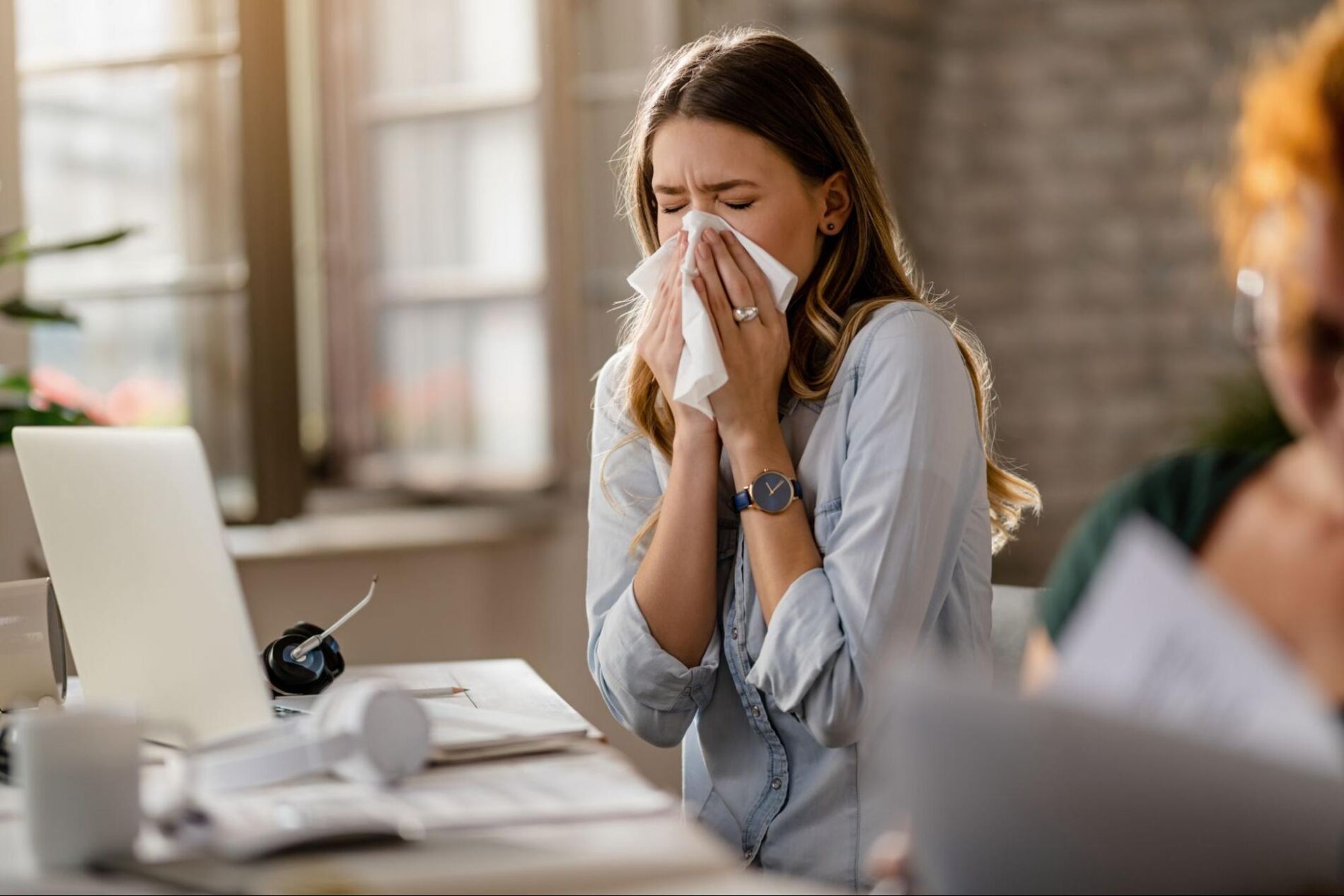Your home is where you spend quality time with friends and family and relax and unwind after a busy day. Unfortunately, your home can also expose you to excessive indoor air pollution. How to improve air quality in the home? Read on to find out.
While you may think of pollution as primarily an outdoor issue caused by wildfires, smog, and fumes from chemical production, indoor air pollution also poses a considerable health risk. Some indoor air pollutants’ concentration is two to five times higher than outdoors. Also, Americans spend an average of 90 percent of their time indoors!
Indoor air pollution is associated with many adverse health effects. Irritation of the eyes, nose, and throat; headaches, dizziness, and fatigue. Respiratory and heart disease, and cancer.
So how to improve indoor air quality in home? Here’s what you need to know.
1. Prohibit Indoor Smoking
According to the American Lung Association, there is no risk-free exposure to secondhand smoke. Even short-term exposure may increase the risk of heart attacks. Cut secondhand smoke in your home by prohibiting anyone from smoking inside to improve indoor air quality.
2. Keep Radon Levels Down
Radon is a naturally occurring gas. Still, it can compromise the indoor air quality in your home. Radon forms when uranium in soil or rock breaks down and forms radium, which turns into radon gas. Radon gas can move through the ground and into your home through cracks or other openings. When it decays, it releases radioactive byproducts that can cause lung cancer.
Assess your home’s radon level with a commercially-purchased radon test kit. If your radon levels are at or above four pCi/L of air, EPA recommends installing a radon reduction system. Always do it with a professional.
3. Choose Low- Or No-VOC Paints, Varnishes, Cleaners, And Adhesives
Paints, polishes, varnishes, cleaners, and adhesives that give off high levels of volatile organic compounds (VOCs) compromise your home’s air quality. The adverse health effects of VOCs vary. Some symptoms include eye, throat, or lung irritation, headaches, dizziness, and vision problems. Green Seal, a nonprofit that pioneered the eco-labeling movement, has a guide to VOCs in paint and cleaning products.
4. Prevent Mold And Mildew Growth
Mold and mildew can cause allergic symptoms like coughing, wheezing, headaches, and fatigue. Repeated exposure can cause more severe allergic reactions. It is easy to control humidity in your home, so these harmful substances won’t increase. Act quickly to clean up leaks and spills, and repair your roof gutters regularly. You should also keep your indoor humidity levels below 60%, vent dryers, stoves, and heaters, and run your exhaust fan when you shower.
5. Keep Out Harmful Dust Mites
One of the most significant hazards to indoor air quality is dust mites. These tiny, insect-like creatures are found in dust and feed on dead skin cells. Their body parts and droppings are among the most significant indoor allergy and asthma triggers. Dust mite allergens are present in at least one bed in about four out of five homes in the United States.
To reduce dust mites in your home, keep the humidity low, dust often, and cover mattresses and pillows with allergen encasements. Wash bedding in hot water at least once a week, dust regularly, and reduce clutter and stuffed animals. Is someone in your home allergic to dust mites? Remove carpets, upholstered furniture, and curtains.
6. Minimize Dust
Dust can enter your home on shoes or blow through windows and doors. Reliable insulation will keep these airborne pollutants out of your home. Special HVAC filters and extractor cooking hoods clean air before it enters your home, keeping contaminants out.
7. Properly Insulate Your Home
Insulation offers homeowners a simple and effective way to mitigate risks and improve quality of life. Insulating areas prone to drafts creates a protective barrier, resulting in better indoor air quality.
Moreover, when your home is airtight, you gain greater control over the air that enters. All incoming air must pass through your HVAC system. It is equipped with filters designed to regulate air contents. These filters effectively block common contaminants, such as dust and pollutants, from entering your living space. With insulation acting as an extra shield, these impurities are trapped, ensuring a higher indoor air quality for your enjoyment.
How does insulation help?
Insulation supports indoor air quality in a variety of ways. Yet, to ensure its effectiveness, it has to be correctly set up and maintained. We suggest getting advice from experts when going through this process. Here are some of the benefits you can enjoy:
- Prevents pollutant entry. Insulation avoids the entry of pollutants like dust, pollen, and other allergens, as well as pollutants from vehicles or industrial processes.
- Reduces indoor pollutants. Specific insulation methods, particularly those with low VOC emissions, reduce the amount of indoor air pollutants.
- Prevents moisture buildup. Moisture can lead to mold and mildew growth, which can affect the air quality and pose a health risk. Insulation can avoid that moisture buildup in walls, ceilings, and floors.
- Energy efficiency. Insulation reduces the need for heating and cooling systems. This reduction prevents the circulation of dust and other pollutants in the ductwork.
Improve Your Indoor Air Quality And Insulate Your Home
The air quality inside your home affects the health and wellness of your family and friends. Proper insulation is your first step to keeping the good air in and the bad air out. At Vortex Insulation, we create customized insulation plans for each client, whether a homeowner or a builder. We are committed to a focused approach that keeps your home well-insulated and reduces indoor air pollution.
Interested in finding the best option for your home? Contact us to share your goals or find the answers to your questions on our FAQ page.
